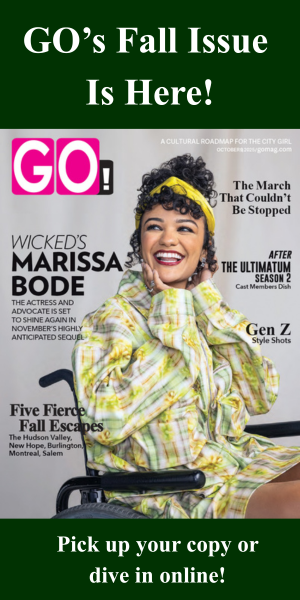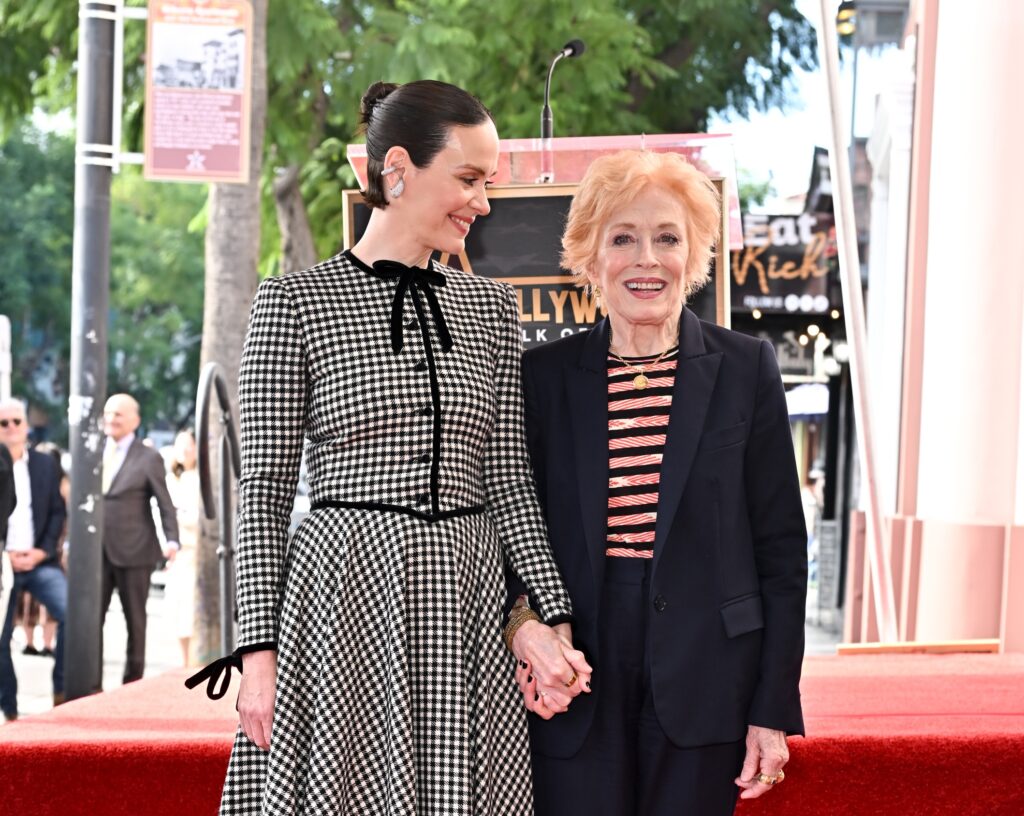Bored Of Zoom Happy Hours? Try Virtual Life Drawing

“This is an amazing human and artistic experience.”
In the darkly lit studio, Jane and I stand talking. I’m enthralled by her long, tasseled earrings that dance with every enthusiastic turn of her head. A colorful headscarf adorns her unruly hair, and her outfit is so bright it blinds me.
Last time we met, she was naked except for a machete that she held over her body. Every Tuesday and Friday, Jane is a life drawing model.
Life drawing is the artistic method of drawing the human form from a live model. Similar to still life drawing, the model will hold poses for set times to allow the artist to sketch without movement.
“Does this angle work?” Jane asked, speaking to the director as well as herself. “How about holding this one? Let’s do eight, not 12.”
She’s taking directions from Chris Benson, the art director from After Dark Gallery and Studio, in Perth, Western Australia. Jane strikes different poses for anywhere from four to 12 minutes.
“It’s wonderful being able to connect with people who are discovering drawing or picking up their art materials after so long,” says Jane, who is also the stage director when she’s not modeling.
I felt like I was on a movie set in the dark studio with a spotlight centered in the middle of the room. As I dusted off the charcoal remnants on the page, I felt like an artist. After the class, an older gentleman glanced at my friend Lisa’s drawing. He commented on her use of chiaroscuro, the treatment of light and shade in drawing and painting.
For Lisa, it was intentional to shade the background of her sketch, yet as a beginner, she wasn’t aware she was using a technique. A natural creative, she simply went where her creativity pulled her.
We were both beginners, but I had taken life drawing classes years earlier in New York and Sydney; the last class I took was sketching live dogs, which came with challenges of its own (as you can imagine). Have you ever tried sketching a puppy who only wants to jump and say hello?
“Does anyone want a glass of Cab Sav?” Benson called, and my head spun to the call. Unlike the Drink and Draws classes that have been popular in recent times, this class was about the art. The drink free of charge, a gesture from the art director who had opened a bottle for himself.
Not one to decline wine if it’s going, I happily accepted. Yet, the remainder of the class did not accept a drink. This felt authentic. A writer by trade, after 1.5 hours of drawing I was happy to accept the wine and sit back instead of taking notes on my experience.
As a result of COVID-19, After Dark Gallery and Studio transitioned their in-person classes to Zoom virtual classes.
In April, they launched a series of virtual classes in the remote outback to set the gallery apart and showcase the Australian landscape to a new online — and often global — audience.
“Its very rare that life drawing is done in such a theatrical setting,” says Jane with a flourish. “I pose in full drama queen mode, not quite the ordinary way.”
On the other side of the globe, Manuel from Queer Bodies Montreal hosts gatherings of artists that sketch models “who identify elsewhere than extremities on the binary gendered system.”
“By creating Queer Bodies, I learned where to put my limits and when to speak out about who I am,” Manuel says. “I began to practice life drawing as a model four years ago. This is an amazing human and artistic experience, but I’ve often found myself uncomfortable to come out as gender fluid under the very gendered introductions, before the drawing class or workshop.”
For a world that is reliant on smartphones, learning a new skill can be a first step into retraining your brain to learn faster and remember more. Manuel believes that life drawing requires a level of attention that, in turn, facilitates meaningful connections. Getting smarter, being creative, and making connections? Signing up to a virtual class sounds like a no brainer to me!
“We are now online because of the pandemic under a ‘pay what you can’ sliding scale,” says Manuel.
Virtual classes come with its own challenges, but Manuel ensures a good playlist “will give us a virtual feeling that we are spending a moment together.”
Creativity can be vital to mental health in such unusual times. The benefits of taking a virtual drawing are many: a creative outlet, a solo pursuit, and artistic fulfillment to name a few.
After my life drawing class, I found my interest in drawing abilities was piqued. When writing notes from an interview, I sketched a caricature of a politician. When watching my toddler draw, I decided to use his crayons and do my own sketch of a transformer. I even sent my brother and his girlfriend adult coloring books, which, prior to this year, I had always deemed lame.
Months into the pandemic, you may find yourself fed up with baking bread, work, social Zoom meetings, or, perhaps, just sitting at home hiding under your comforter.
So, if you’re looking to spice up your evenings within lockdown regulations, here are three tips and a list of some of the best virtual life drawing classes around the world.
Tips
- Don’t try too hard or take the drawing too seriously. Start by looking at a line on the body and just draw in one fell movement.
- Be kind to the models; posing is strenuous.
- Making art is a very personal expression. There is no right or wrong, so simply have fun!
Class Recommendations
- After Dark Studio – Perth, Western Australia
- Culture Lab – Long Island City, New York
- Queer Bodies Life Drawing Mtl – Montreal, Canada
- The Gallery Girls – Los Angeles
- Warburton Galerie – Yonkers, New York
- Soho Life Drawing – London, United Kingdom
*Make sure to check the time differences for events in other timezones.












